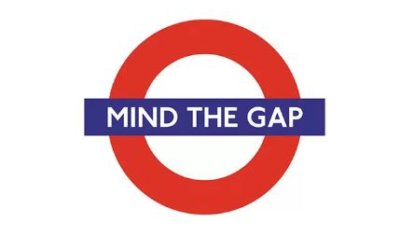Welcome to my next installment. As I meander around various institutions of higher education, I find certain themes to be consistent. One relates to the processing of student refunds. For many non-traditional programs, Pell recipients who also borrow the maximum allowed from the Stafford loan program receive more in federal and state aid than they eat up in charges. This can lead to a substantial refund. Federal regulations require the refund to be made before 45 calendar days have expired from the beginning of the term.
Most use the refund to pay for personal expenses while they are studying. Some struggle to manage the funds, not having been accustomed to having that kind of money available at one time. A small number of students receive the refund and leave the program. For those people, the institution has to return to the department of education a sizable portion of the aid the student received. The deadline for that return of funds is 45 days after the student stops attending. This is called a return of title IV funds or R2T4. If you are still with me here, you can see that this can be a real mess.
So, a low-income student who would truly benefit from further education but dropped out mid-term could be saddled with debt owed to the federal government and a balance due to the institution. Essentially, he or she would owe a bunch of money, have no educational attainment to enhance his or her earnings and be denied a return to the institution they previously attended because of an outstanding balance. This takes the idea of unintended consequences to a new level.
There have been proposals to mete out the funding over an extended period of time, facilitating better personal financial management for the student and avoiding large R2T4 payments back to the government. A pilot program was found here: http://www.mdrc.org/sites/default/files/ALAP%20brief.pdf
Called ‘Aid like a Paycheck’, it accomplishes the dual goals of better student management of refunds and avoids material R2T4 issues for institutions. While outcome data is somewhat scant at this stage, one has to believe that the biweekly provision of a ratable refund will encourage students to stay in school as well. Pilots have been modest so far, limited to lower cost community colleges. For institutions with a volume of R2T4 transactions, it may be prudent to see if participating in this program is a possibility.
President Obama has proposed a more systematic and ratable provision of refunds and I have to believe most institutions would support this. Hopefully, this will come to fruition sooner, rather than later.
As always, if you have any questions, contact me: jeff@cfocolleague.net



